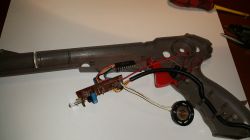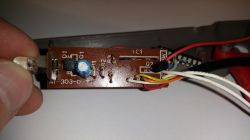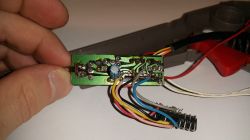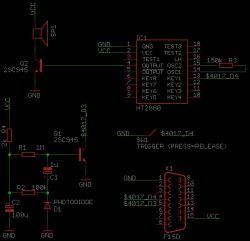When you look into regular famiclone zapper, you might encounter classic 1 transistor solution with values like:
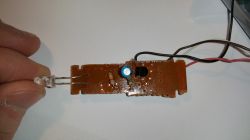
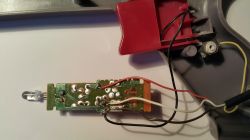
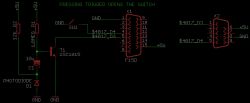
or:
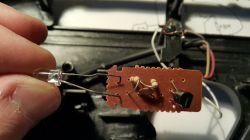
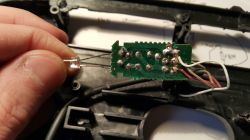
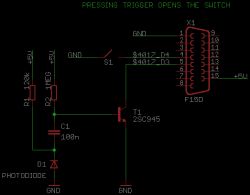
If you're more lucky, there might be 2 transistors:
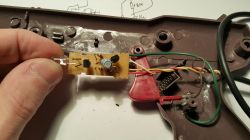
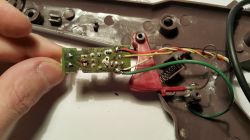
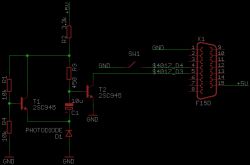
But the Casel zapper (which uses additional chip HT2880 chip for riffle sound playback) has much more complicated photodiode sensing circuit:
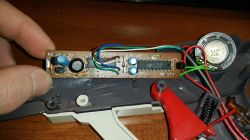
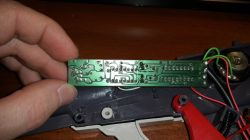
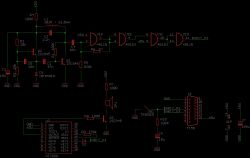
Here is another revision:
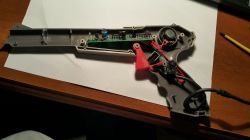
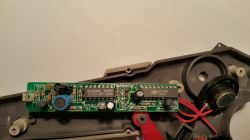
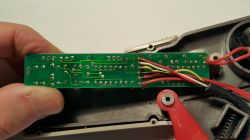
Any idea how this circuit works?
--



or:



If you're more lucky, there might be 2 transistors:



But the Casel zapper (which uses additional chip HT2880 chip for riffle sound playback) has much more complicated photodiode sensing circuit:



Here is another revision:



Any idea how this circuit works?
--
